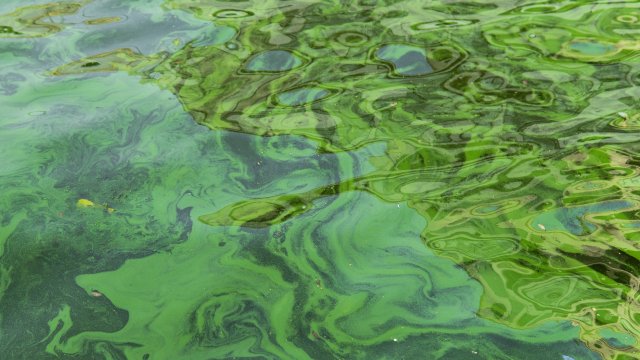Harmful Algal Blooms (HABs) in Water Bodies
Certain environmental conditions in water bodies can intensify algae growth, causing algal blooms. Blooms with the potential to harm human health or aquatic ecosystems are referred to as Harmful Algal Blooms (HABs). HABs can produce toxins that present a risk to people, animals, aquatic ecosystems, the economy, drinking water supplies, property values, commercial and industrial fishing, and recreational activities like swimming.
-
Basic Information

Learn about the types, causes and effects of HABs
-
HAB Trends, Monitoring Results and Forecasts

Find existing advisories, forecasts and trends in HABs across the U.S.
-
Managing HABs

From preventing HABs in water bodies to removing algal toxins from drinking water, learn ways to manage HABs
-
HAB Laws, Tools and Data

Learn about the Harmful Algal Bloom and Hypoxia Research Control Act (HABHRCA) and the data the EPA and other agencies collect to help protect people and aquatic life from exposure to HABs
-
HAB Methods and Research

Find methods for sampling and analyzing HABs and explore the EPA's past and present HAB research
-
Outreach and Other HAB Resources

Find the EPA's HAB outreach materials (webinars, newsletters, etc.); state, Tribal, federal and other oranization's HAB resources; and laboratories that analyze water samples for algae, cyanobacteria and their toxins
